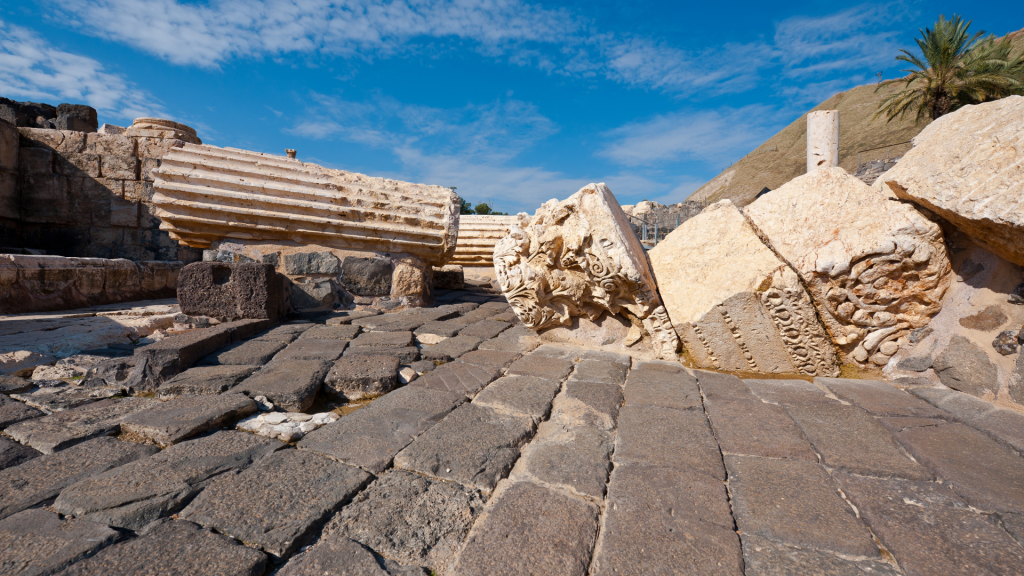
What Is The Science Behind Predicting Earthquakes?
Earthquakes are one of the most difficult natural disasters to predict and there are several different theories about why this is the case. Scientists have come up with several theories about why earthquakes are unpredictable; some say it has something to do with how deep or far below the surface the waves move toward Earth’s crust, while others argue that what causes earthquakes might not be completely understood yet. No matter what the cause, researchers have taken a lot of time and effort to try and figure out how earthquakes work so they can better understand when they’re going to happen.
What is the Science Behind Predicting Earthquakes?
There is a lot of science that goes into predicting earthquakes. Scientists use a variety of methods to try and understand how the earth’s plates move and how this movement contributes to earthquakes. Some of them believe that plate tectonics is the main cause of earthquakes. Plate tectonics is the scientific name for the theory that the earth’s outer crust (the Earth’s outermost solid layer) is divided into several large, moving pieces called plates. The plates move on the Earth’s mantle (a layer of hot rock below the surface). The forces that hold these plates together create earthquakes.
Other scientists believe that seismic waves are responsible for most earthquakes. Seismic waves are vibrations that travel through the earth. They’re created when an earthquake happens and they can be detected by seismometers (devices that measure seismic waves). Scientists have been able to predict some earthquakes with great accuracy using both methodologies. However, predicting all earthquakes is still difficult because many factors contribute to their occurrence.
How Did We Predetermine Earthquake-Shaking Intensity?
The science behind predicting earthquakes is still in its infancy, but scientists have developed a range of ways to measure earthquake shaking intensity. These measurements can be made remotely using technologies such as satellites and seismometers, or on the ground by measuring ground movement and acoustic waves.
One widely used approach to estimating earthquake shaking intensity is the Modified Mercalli Intensity (MMI) scale. This scale ranges from 0 to 8, with 0 being the least intense shaking and 8 being the most intense shaking. The MMI scale is based on how much ground motion was felt by people in an area during an earthquake.
Another way to measure earthquake shaking intensity is called the moment magnitude scale (MMS). This scale ranges from 1 to 9, with 1 being the smallest earthquake and 9 being the largest earthquake. The MMS is based on how much energy was released during an earthquake.
How Does Seismic Momentum Affect Buildings When An Earthquake Occurs?
Seismic Momentum is the force that an earthquake produces when it travels through the earth’s surface. The more energy an earthquake generates, the more momentum it carries with it. Buildings are constructed with materials that are designed to resist forces such as wind and earthquakes, but in some cases, these structures can be significantly damaged by seismic waves.
The magnitude of an earthquake is determined by its size (how big) and its distance from the epicentre. When an earthquake occurs, the ground moves and this movement creates a wave disturbance in the earth’s surface. This wave disturbance travels through the earth at a speed of approximately 700 miles per hour (1,100 kilometres per hour). Buildings are located close to the Earth’s surface and therefore they are affected by seismic waves much more severely than objects located deep within the earth.
The impact that seismic waves have on buildings is dependent on several factors including:
- The type of construction being used in the building
- The materials that makeup the building structure
- The type of roofing system being used on the building
Can A Computer Program Predict Earthquakes?
As the Earth’s crust moves and shifts, pockets of air and rock are created. These pockets can sometimes create earthquakes. Geologists have been able to develop computer programs that can predict when these pockets will form, and sometimes even how big the earthquake will be. This type of prediction is called “seismic forecasting”.
Geologists
Geologists first use data from past earthquakes to try to determine what kind of activity is going on underneath the surface. They look at things like plate tectonics, pressure variations, and temperature changes to figure out what might happen next. Once they have a good idea of what might happen, they start developing models that can predict when an earthquake will occur and how large it might be.
Seismologists
Some seismologists believe that we are already living in a period of heightened seismic activity. The reason for this is unknown, but it may be due to factors like the rising temperatures caused by climate change or the increase in fracking activities. If we continue to experience increased seismic incidents, it could lead to more damage and casualties. People need to be aware of what’s going on beneath their feet so that they can take steps to protect themselves if necessary.
Despite being one of the most feared natural disasters, predicting earthquakes is still a relatively new science. Scientists are still trying to understand all the factors that contribute to an earthquake happening, from the buildup of stress in the earth’s crust to changes in water levels.
However, with technology continuing to develop at a rapid pace and our understanding of the earth’s systems growing by the day, likely, our ability to predict earthquakes will only become more accurate in the future. Stay safe and be prepared for any potential earthquake activity by following these safety tips!



